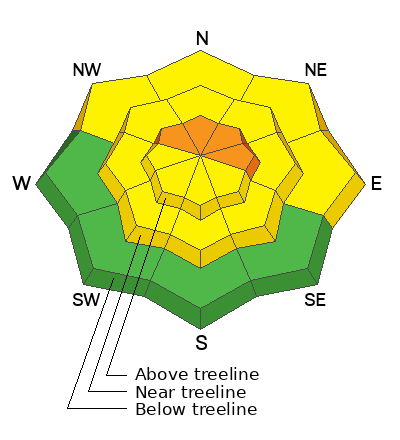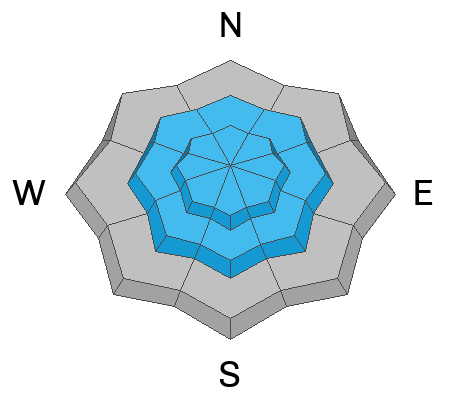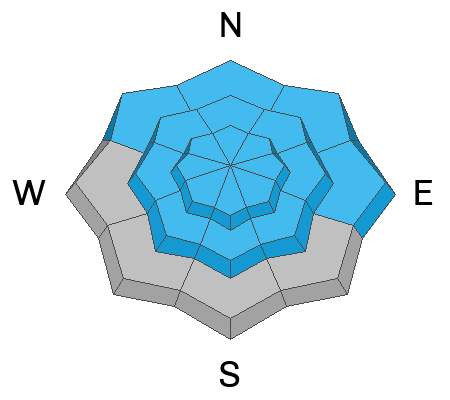Forecast for the Moab Area Mountains

Issued by Eric Trenbeath on
Thursday morning, January 12, 2023
Thursday morning, January 12, 2023
Areas of CONSIDERABLE avalanche danger exist on steep, northerly facing slopes above treeline where human triggered avalanches involving recent deposits of wind drifted snow remain likely. A MODERATE danger exists on all other slopes near and above treeline that have recent deposits of wind drifted snow.
While becoming less likely, it is still possible to trigger a deep, dangerous avalanche on a buried persistent weak layer of faceted snow. The danger for this type of avalanche is MODERATE on all slopes near treeline and above, and below treeline on slopes that face NW-N-NE-E
While becoming less likely, it is still possible to trigger a deep, dangerous avalanche on a buried persistent weak layer of faceted snow. The danger for this type of avalanche is MODERATE on all slopes near treeline and above, and below treeline on slopes that face NW-N-NE-E

Low
Moderate
Considerable
High
Extreme
Learn how to read the forecast here









